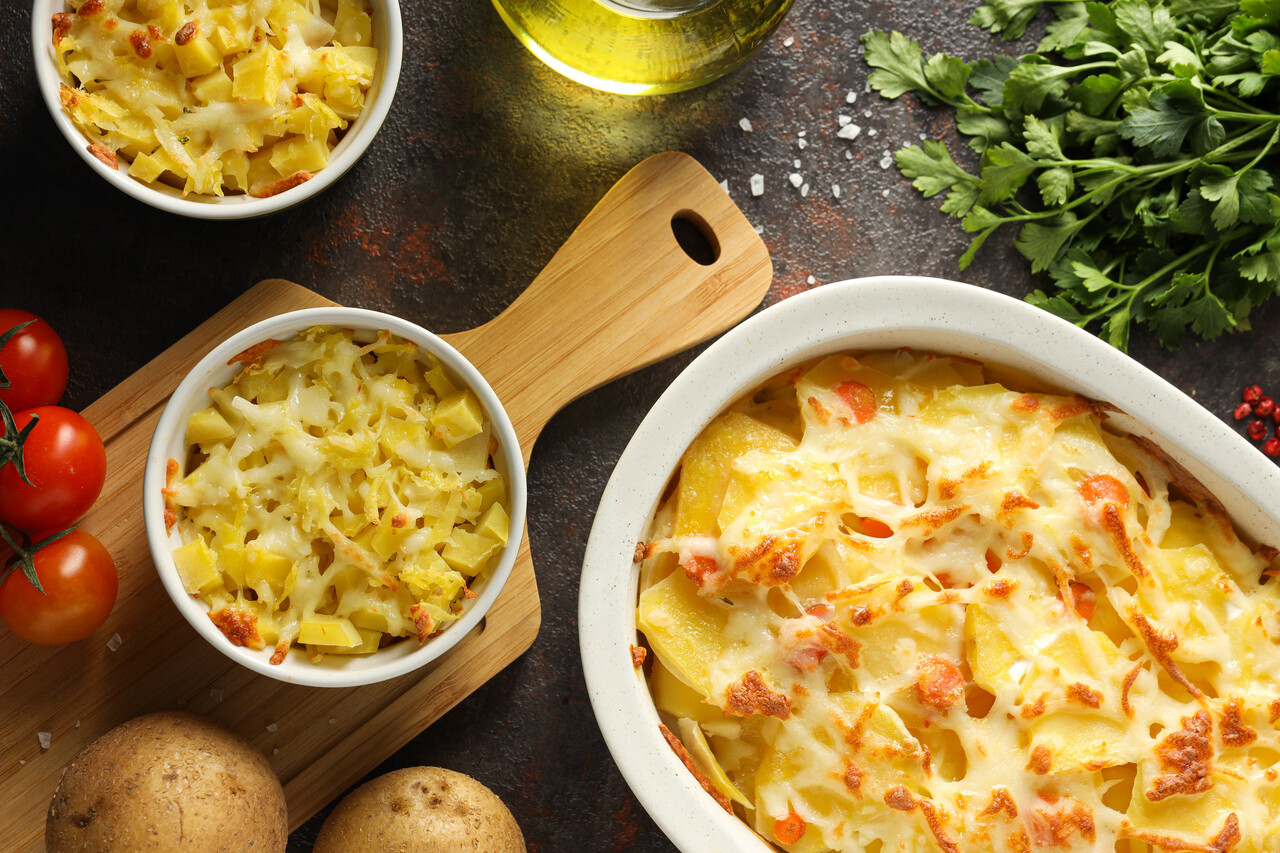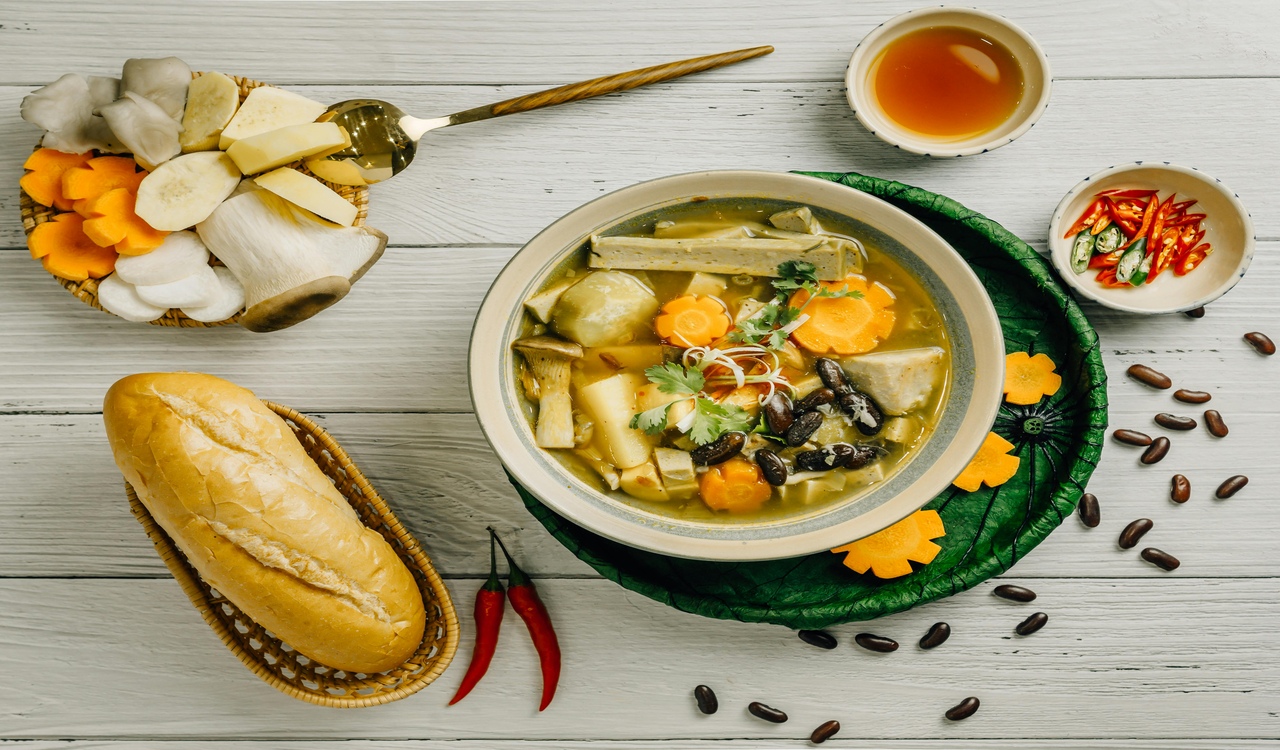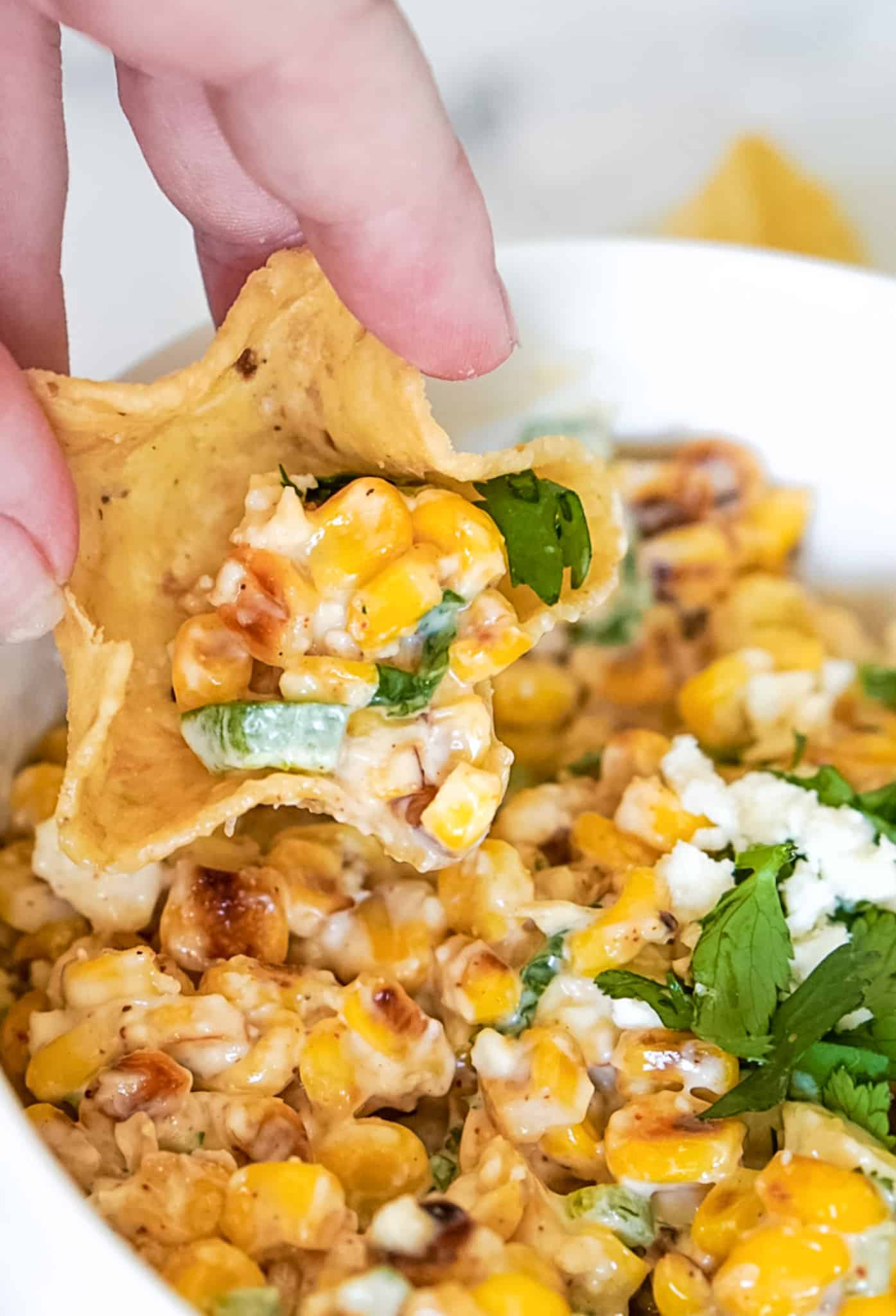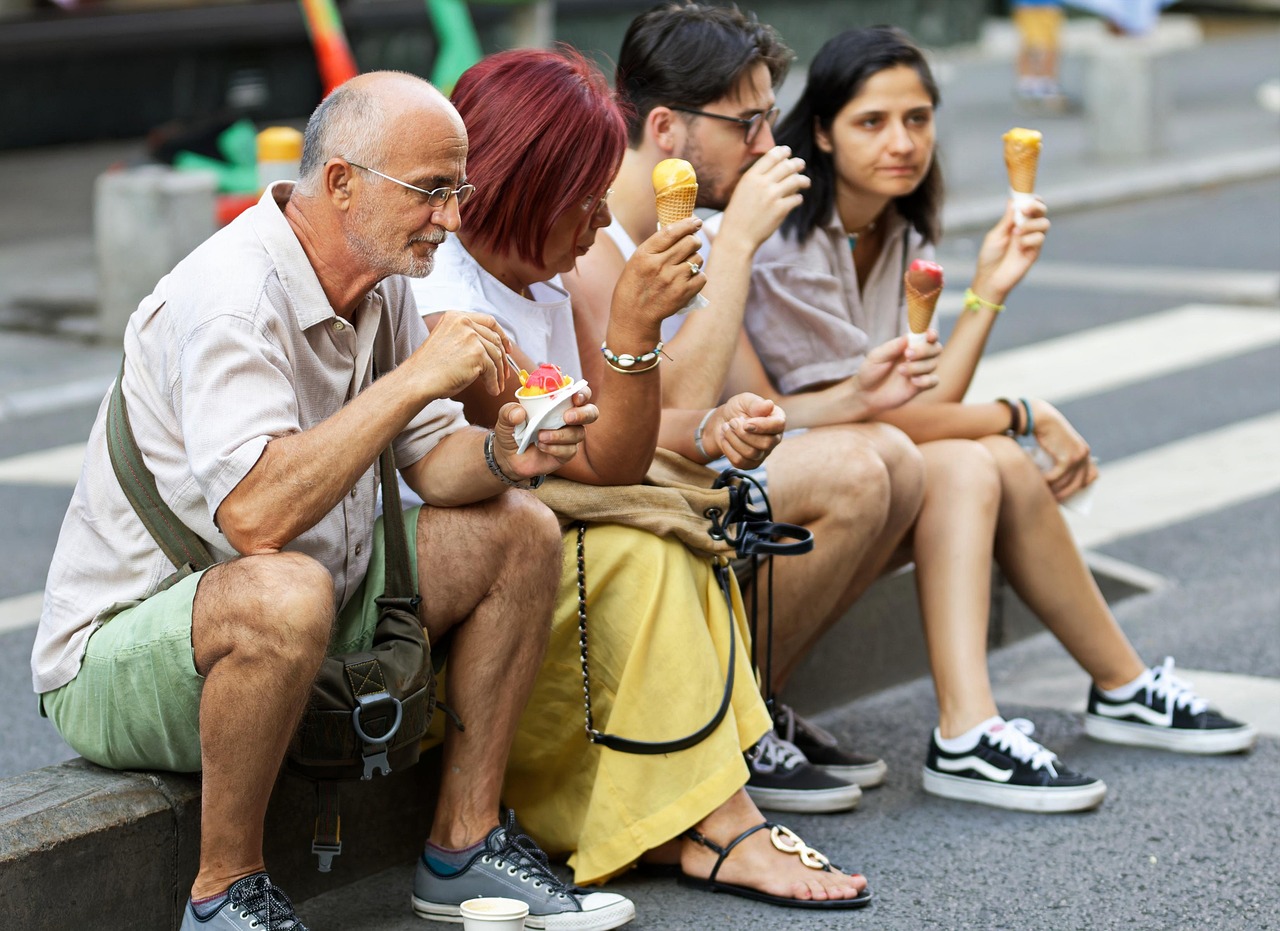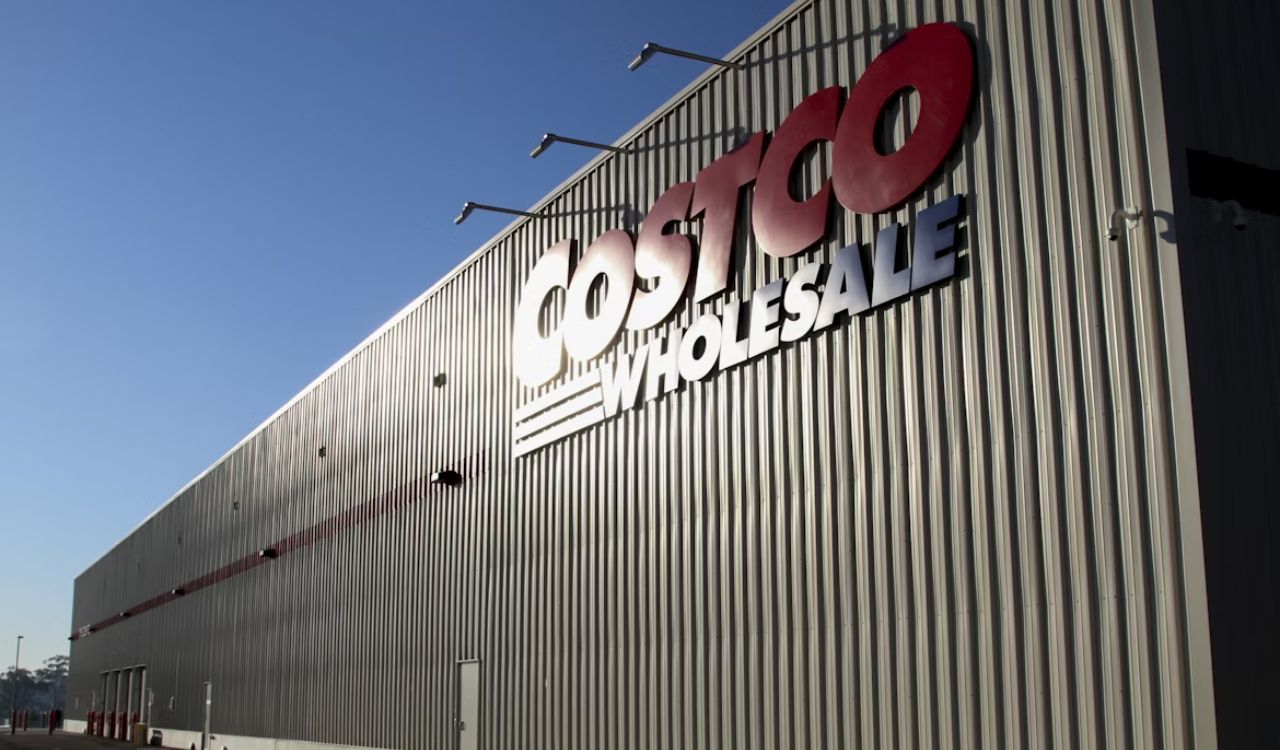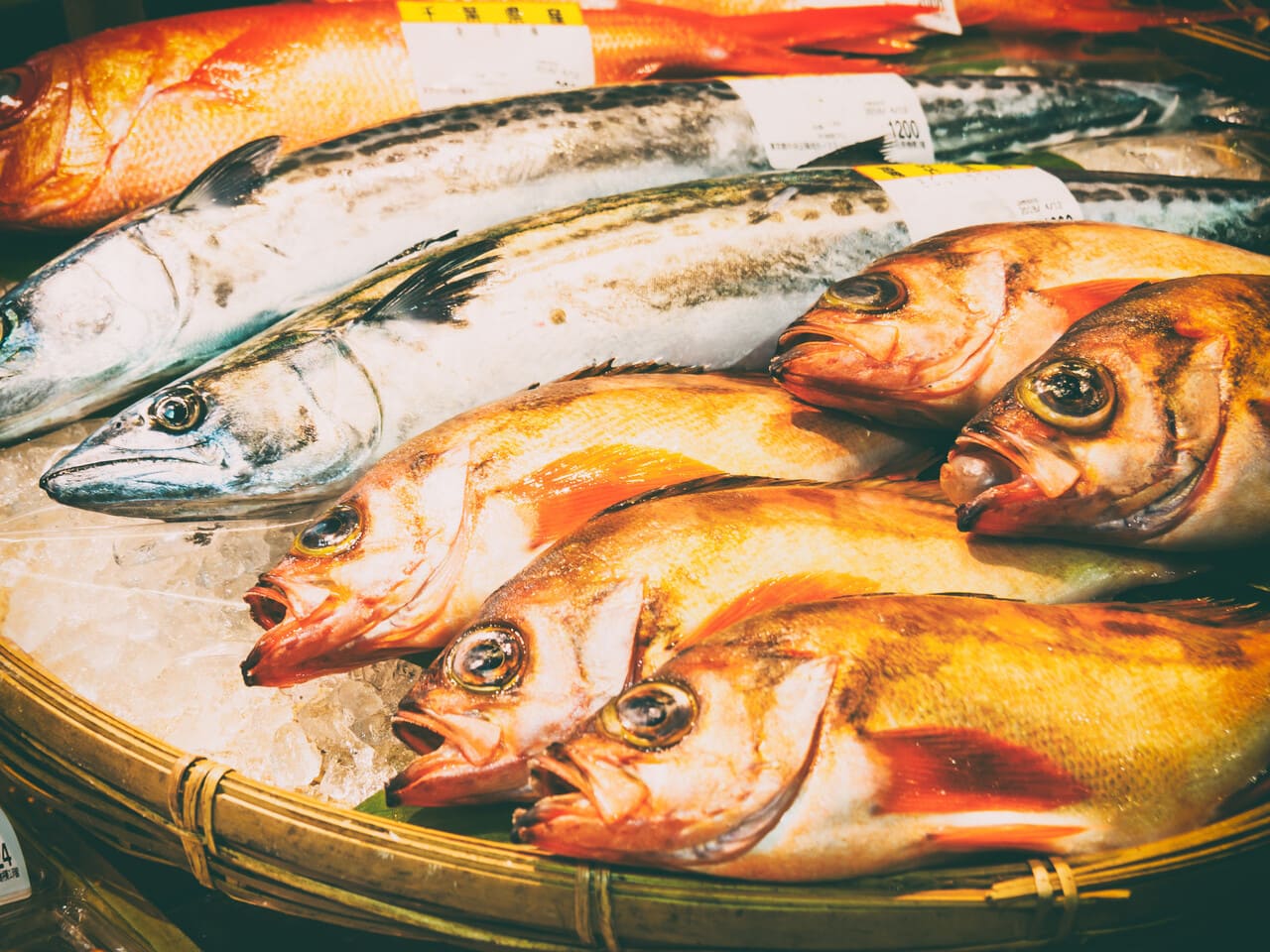12 Once-Popular American Drinks That Disappeared Without a Trace
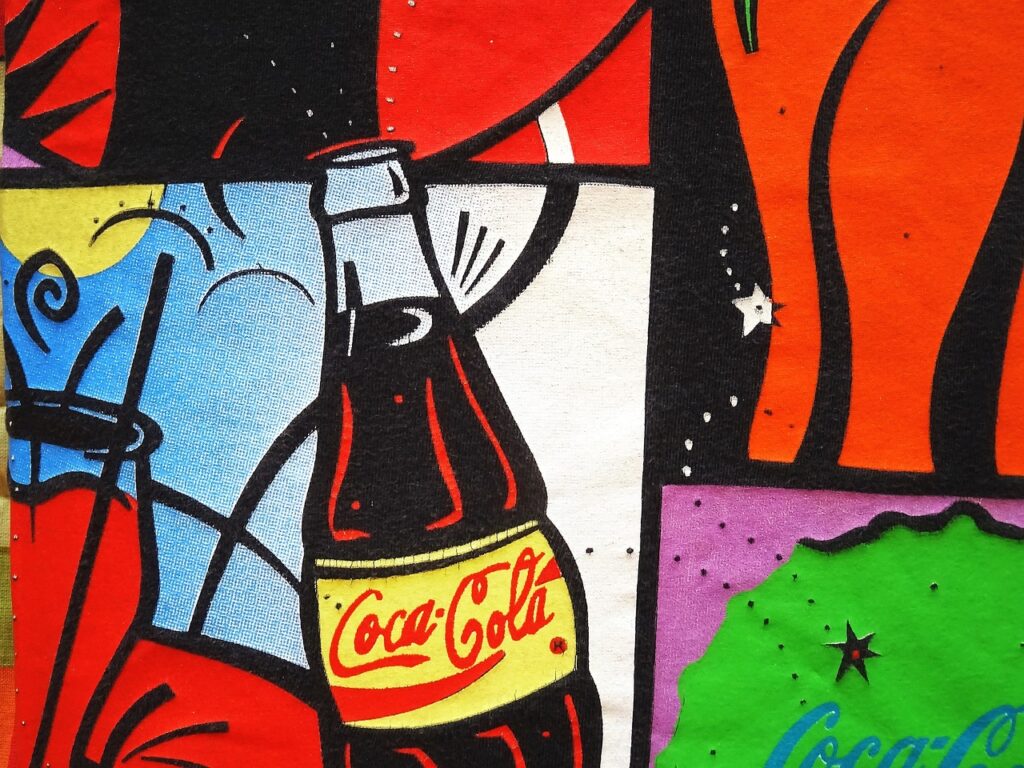
America’s beverage history is filled with colorful fads, regional favorites, and national crazes that once defined how people drank. Some were quirky sodas, others iconic cocktails, and a few were marketed as health tonics. They had their moment, capturing attention in diners, bars, and grocery aisles, only to slip away as tastes changed. While some vanished due to health concerns and others to shifting demand, each left a story worth revisiting.
1. New Coke
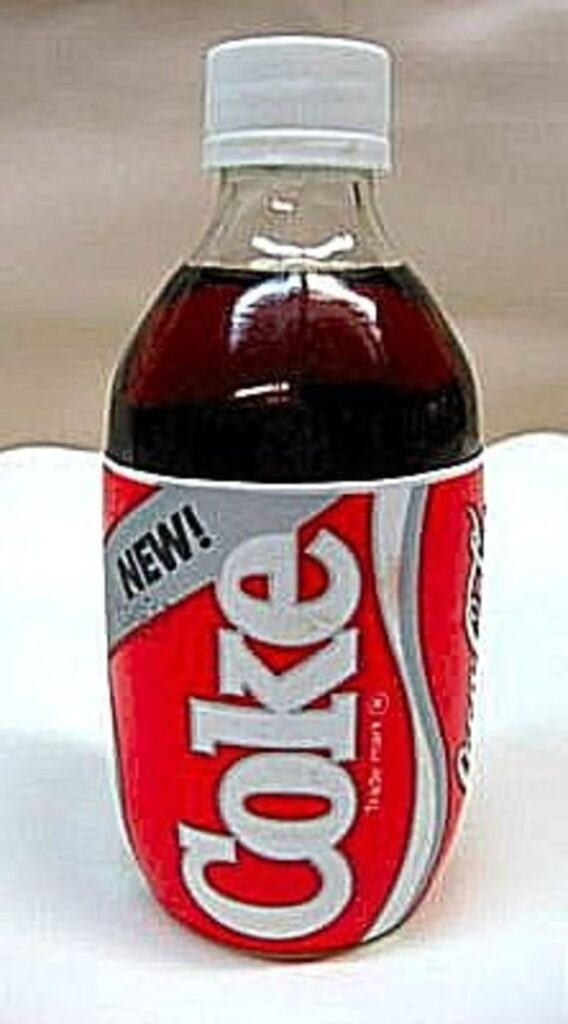
In 1985, Coca-Cola decided to reformulate its flagship soda, hoping to compete more aggressively with Pepsi’s sweeter profile. Branded as New Coke, the drink debuted to immense media coverage and immediate consumer backlash. Loyal fans felt betrayed by the change and flooded the company with complaints. Within three months, Coca-Cola brought the original recipe back as Coca-Cola Classic, leaving New Coke as one of the most infamous experiments in American beverage history.
2. Orbitz
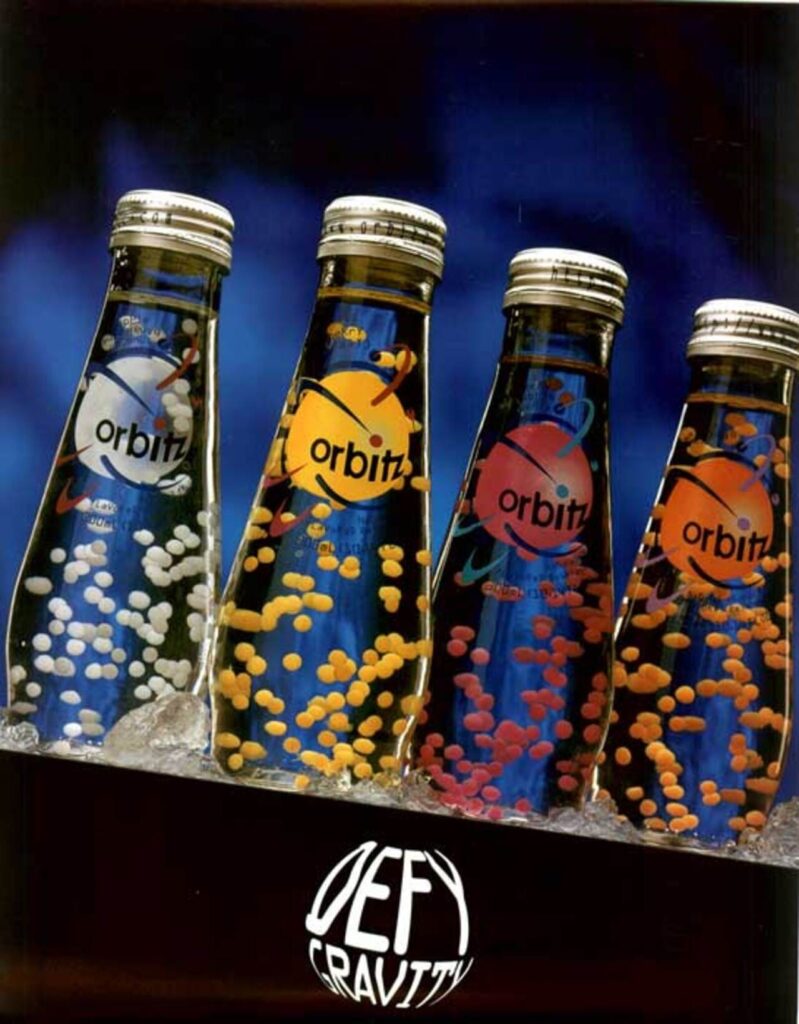
Launched in 1997, Orbitz looked more like a lava lamp than a drink. The clear soda-style beverage was filled with floating colored gellies suspended in the liquid, earning it instant novelty appeal. Marketed to teens as futuristic and fun, it was quirky enough to spark initial curiosity but too strange to earn repeat buyers. Between its unusual texture, limited flavors, and short marketing run, Orbitz quickly disappeared, though nostalgic collectors still recall its odd charm.
3. Jolt Cola
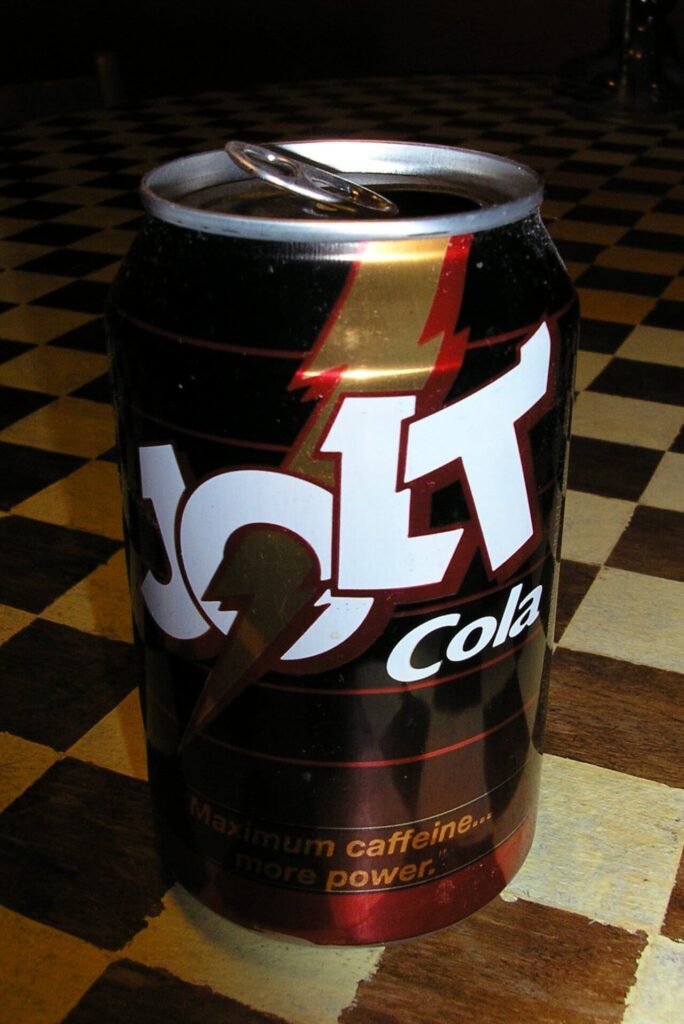
Long before energy drinks like Red Bull dominated convenience stores, Jolt Cola promised maximum caffeine and sugar for young consumers who wanted to push past fatigue. Its marketing slogan “All the sugar and twice the caffeine” captured college students and night-shift workers. But as public health conversations turned against high-sugar sodas and competition from better-branded energy drinks took over, Jolt fizzled out. Attempts at revival never stuck, leaving it a relic of 1980s rebellion.
4. Zima
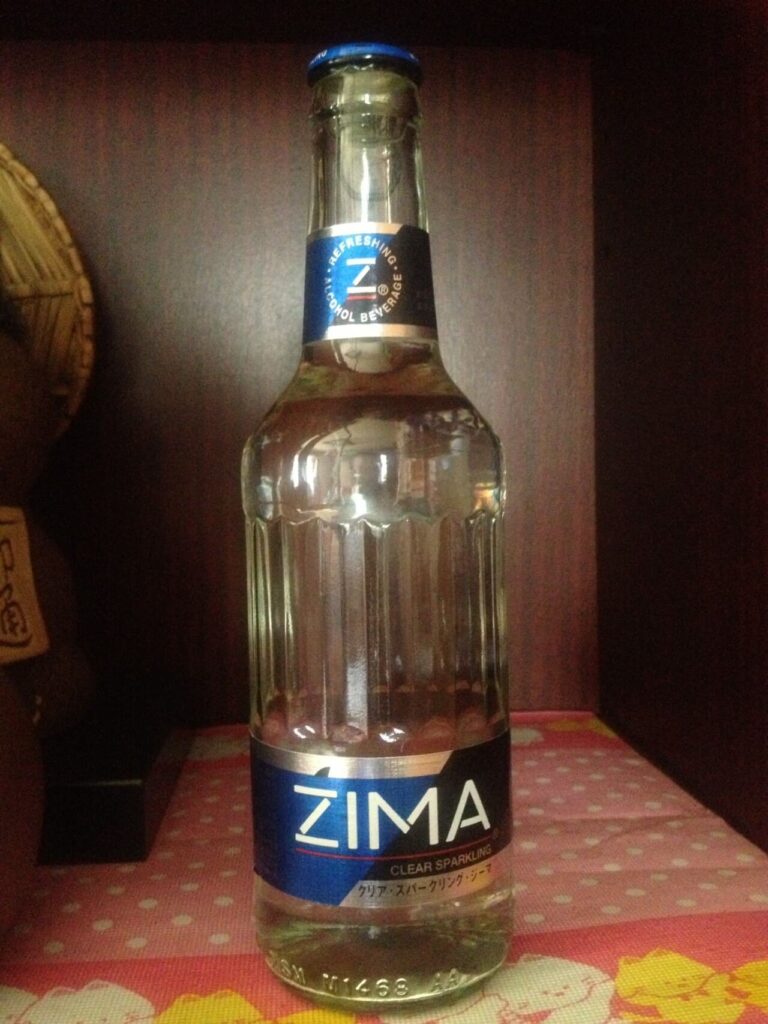
Introduced by Coors in the early 1990s, Zima was sold as a “malternative” beverage, a clear, citrusy drink meant to bridge the gap between beer and soda. Marketed heavily to young adults, it had initial success but was often ridiculed for its odd name and somewhat bland taste. Regular beer and sweeter hard lemonades soon overshadowed it. Despite brief limited-time relaunches, Zima became shorthand for a failed trend rather than a lasting staple in American drinking culture.
5. Pepsi Blue
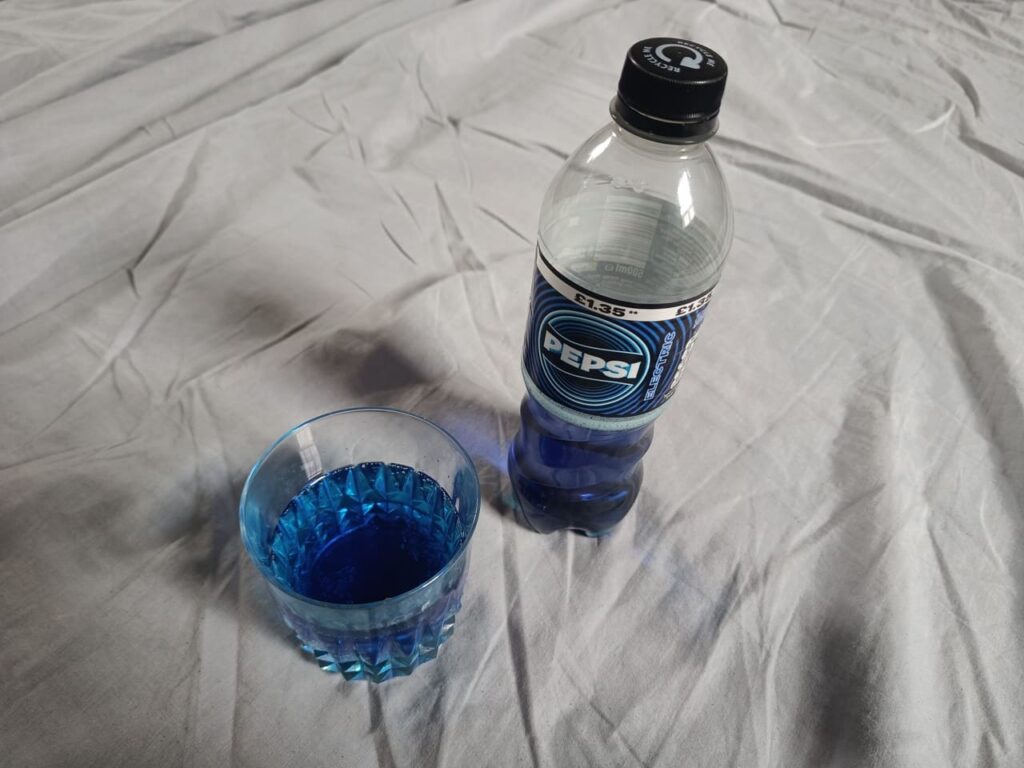
Pepsi launched Pepsi Blue in 2002 as part of an early-2000s wave of experimental sodas designed to appeal to younger audiences. Electric blue in color and berry-flavored, it was an eye-catching alternative to traditional cola. Yet many found the taste artificial, and its fluorescent look didn’t help with long-term appeal. After two years, Pepsi pulled it from the U.S. market, though it retained a cult following abroad before fading entirely, except for a short 2021 nostalgia return.
6. Snapple Elements
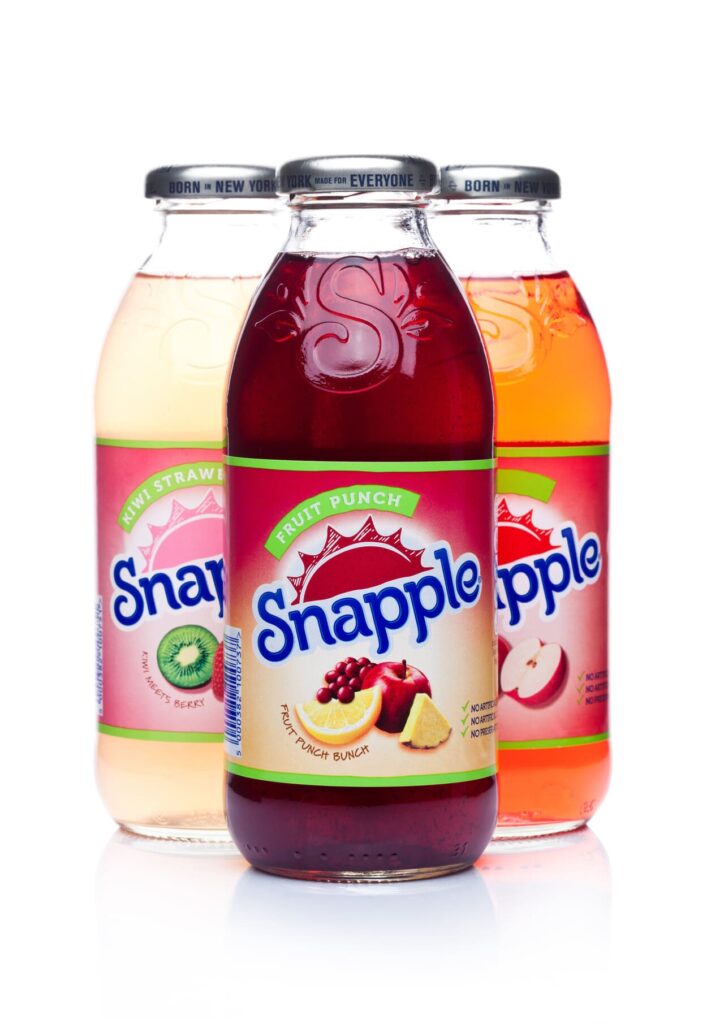
In the late 1990s, Snapple tried to expand beyond fruit teas with a flashy new line called Snapple Elements. Flavors like Rain, Fire, and Earth came in frosty bottles designed to stand out on convenience store shelves. Though briefly popular, the drinks suffered from high prices and weak repeat sales. By the early 2000s, the brand trimmed the line back before discontinuing most of it. Collectors still remember the sleek packaging even more than the flavors themselves.
7. Crystal Pepsi
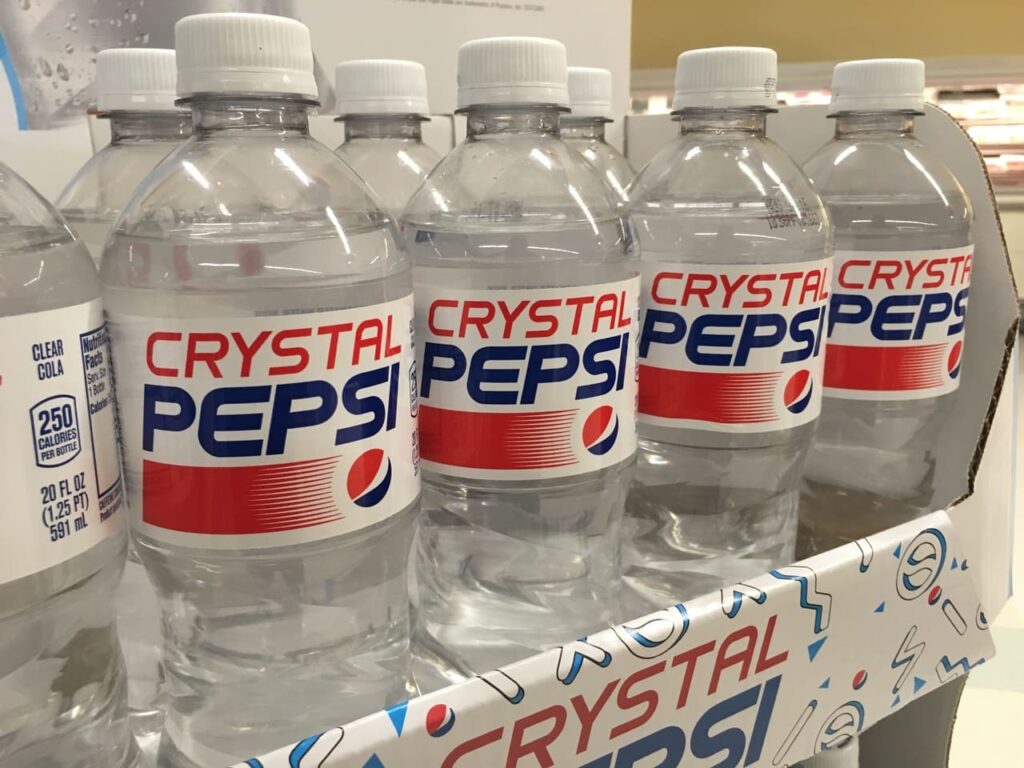
Crystal Pepsi debuted in 1993, marketed as a bold alternative to caramel-colored sodas. With its clear presentation, it symbolized purity and innovation, playing into a 1990s trend for transparency in products. Initial curiosity led to strong early sales, but consumers ultimately realized that despite its distinct appearance tasted quite similar to regular Pepsi. The novelty wore off quickly, and production ended. Pepsi has occasionally revived it as a nostalgia promotion, but never for long.
8. Tab
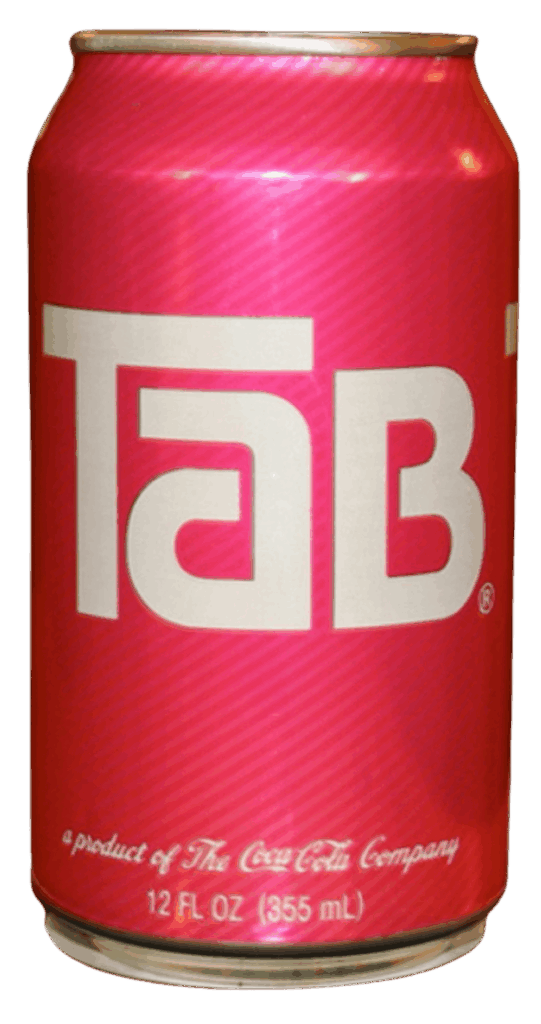
Introduced in the 1960s as Coca-Cola’s first diet soda, Tab became iconic with its pink branding and its strong association with late-20th-century diet culture. While beloved by devoted fans, it was gradually pushed aside once Diet Coke exploded in popularity in the 1980s. Tab stubbornly clung to a cult following until 2020, when Coca-Cola finally decided to discontinue it in a cost-cutting move. For many fans, Tab’s farewell marked the end of a diet-soda era.
9. Clearly Canadian
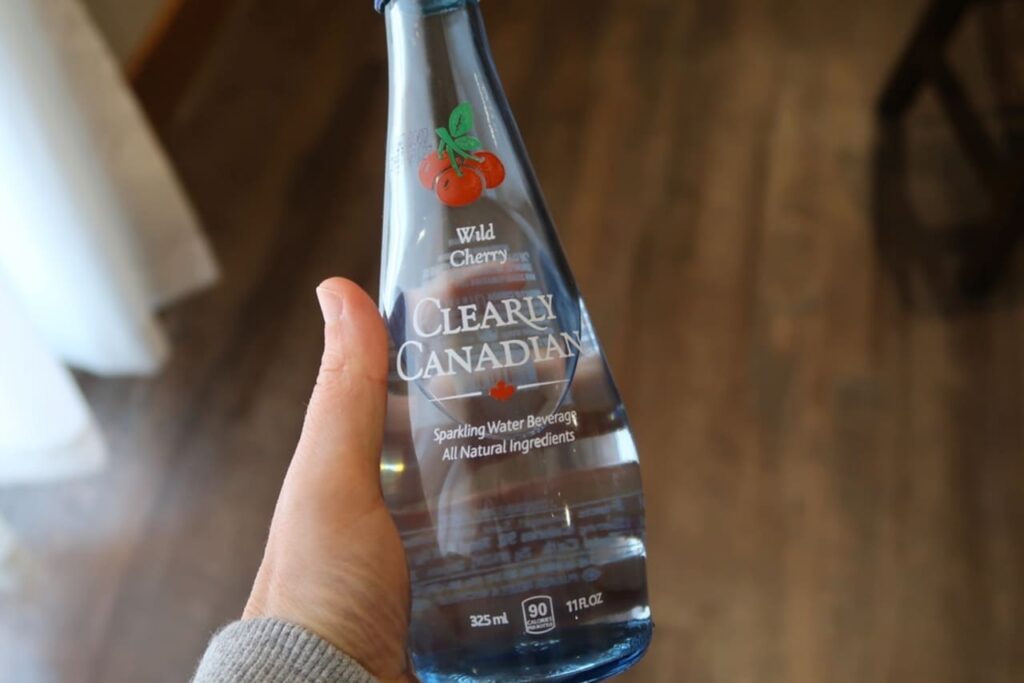
This lightly flavored sparkling water was launched in Canada in the late 1980s but swept into the U.S. in the 1990s with a loyal fanbase. Packaged in its distinctive teardrop-shaped glass bottles, Clearly Canadian represented a premium, naturally flavored alternative to soda long before today’s sparkling water craze. However, rising competition, limited distribution, and changing consumer trends nearly killed it off. Though revived briefly, it never regained its 90s shelf dominance.
10. Coca-Cola BlāK
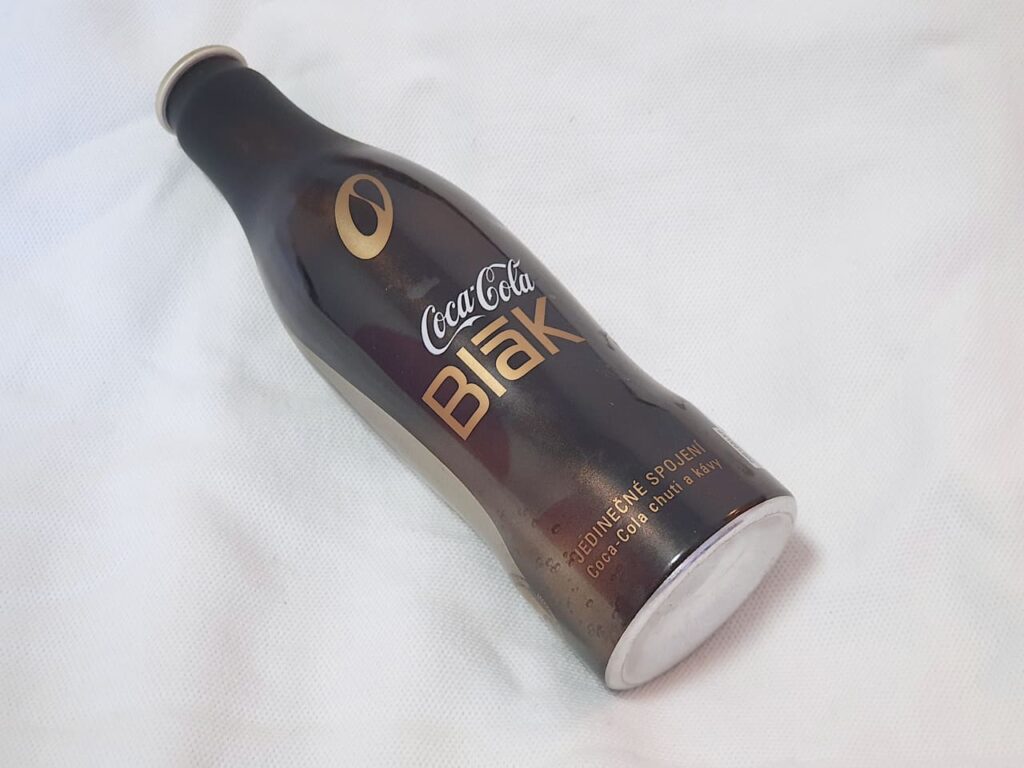
In 2006, Coca-Cola attempted to merge soda and coffee with Coca-Cola BlāK. The beverage included coffee essence blended with cola, targeting adult consumers. Despite slick marketing, the taste proved divisive, often described as too bitter or mismatched. By 2008, the drink was discontinued in the U.S., though variations lived slightly longer overseas. Coca-Cola has since re-entered the coffee-cola fusion market, but BlāK remains remembered more as a failed first draft than a success.
11. Surge
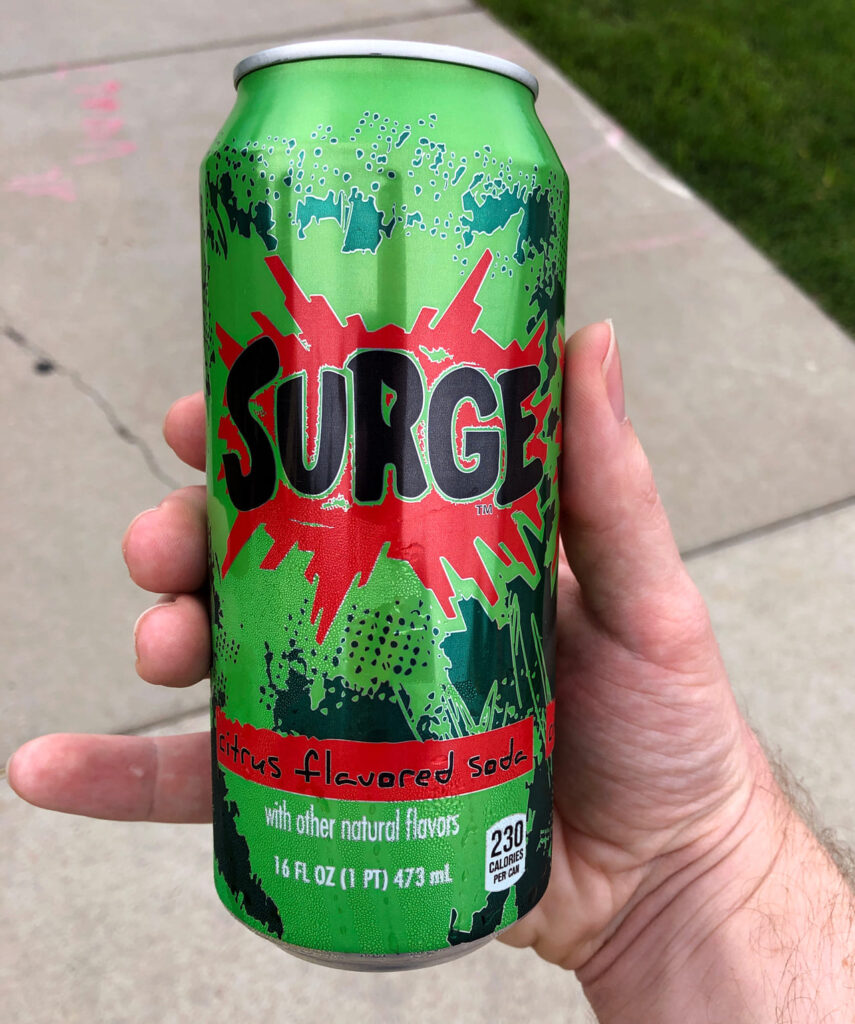
Released in the late 1990s, Surge positioned itself as Coca-Cola’s answer to Mountain Dew, marketed with extreme sports energy. Its bright green can, neon-colored soda, and bold advertising made it a hit with teens. However, concerns over caffeine, sugar, and competition from Red Bull-type energy drinks led to its decline. By 2003, it was discontinued, though nostalgia lovers helped briefly revive it as an Amazon exclusive in the mid-2010s before its supply disappeared again.
12. Yoo-hoo Chocolate Drink (Decline)
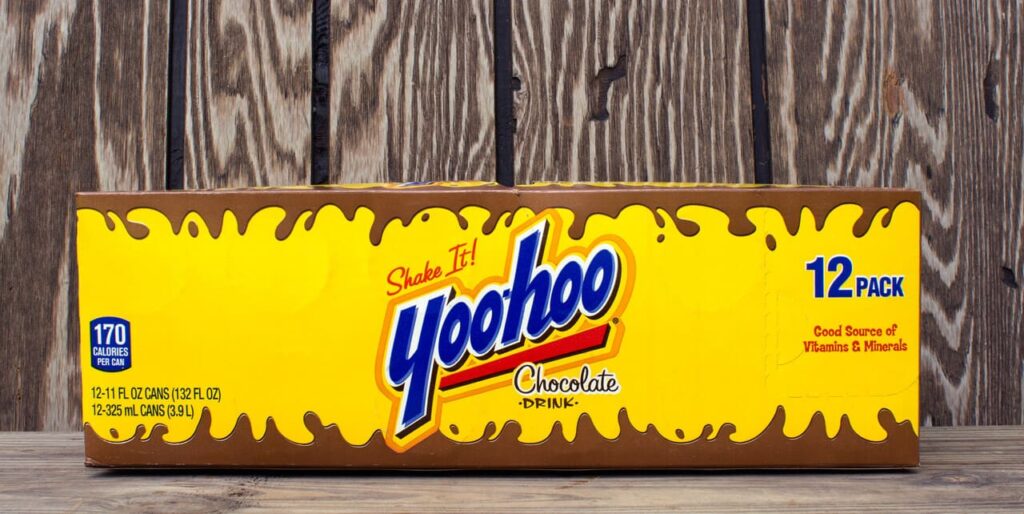
Yoo-hoo first appeared in the 1920s and became widely known mid-century as a non-carbonated chocolate drink packaged like soda. For decades, commercial jingles and celebrity endorsements made it iconic. However, as consumers shifted toward protein-heavy shakes, plant-based beverages, and premium chocolate milk, Yoo-hoo slowly lost cultural relevance. While not completely gone, its availability and prominence dropped drastically, making it feel like a vanished staple of past generations.


